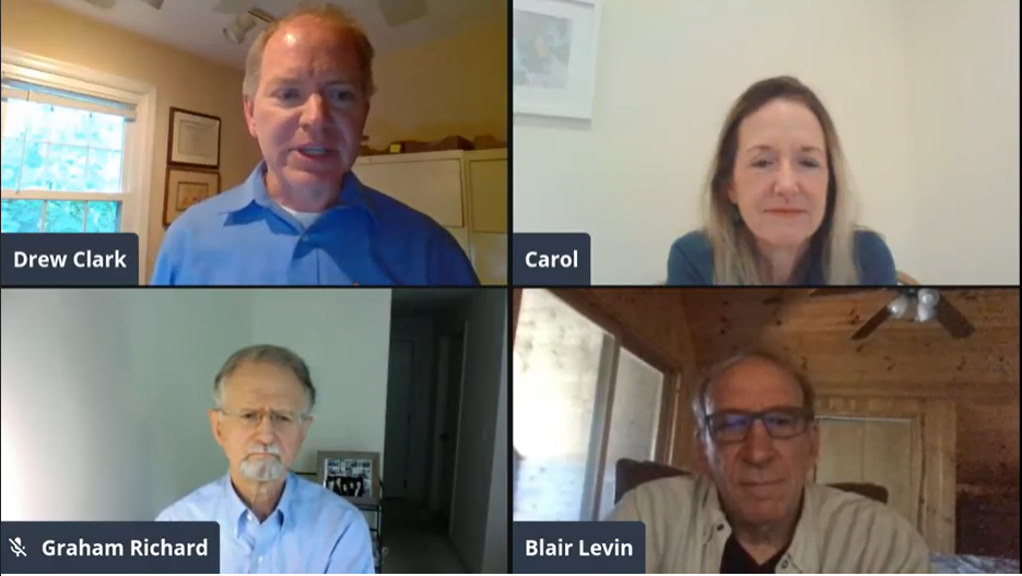Broadband Breakfast Experts Discuss the Benefits of Multiple Federal Broadband Initiatives, including Rural Broadband Funds and Opportunity Zones
June 17, 2020 — In a Broadband Breakfast Live Online webcast on Wednesday, panelists explored the impact that current federal funding initiatives will have on broadband access. The webcast previewed a Digital Infrastructure Investment, a Physical/Virtual Event at the Broadband Communities Summit on

June 17, 2020 — In a Broadband Breakfast Live Online webcast on Wednesday, panelists explored the impact that current federal funding initiatives will have on broadband access.
The webcast previewed a Digital Infrastructure Investment, a Physical/Virtual Event at the Broadband Communities Summit on August 10. (Learn more about and register for Broadband Breakfast’s Digital Infrastructure Investment.)
“There is a political consensus that we need to finish the job that the National Broadband Plan set out to do 10 years ago,” said Blair Levin, former executive director of the national plan. “I think momentum is building towards more significant federal government intervention.”

The Trump Administration is close to sending Congress a new infrastructure package, Levin said, and House Democrats are pushing for a bill that could dedicate as much as $80 billion in federal funding to closing the digital divide.
Panelists emphasized the vast range of opportunities currently available for service providers. Between federal funding, state grant programs and private sector investment incentives like Opportunity Funds, billions of dollars are being dedicated to expanding broadband service.
The panelists contended that local leadership will be key to delivering strategic solutions that fully utilize available funds.
They also championed establishing public-private partnerships to secure necessary funding, especially as many electric cooperatives are seeking funds from the Rural Digital Opportunity Fund.
“Communities need to ask themselves what access model will help get investors interested,” said Carol Mattey, former deputy chief of the FCC’s Wireline Competition Bureau. A legal requirement of RDOF is that funding must go to eligible telecommunications carriers.
The slew of funding initiatives currently available allows for a mixture of different eligibility standards, internet models, latency thresholds and infrastructure technologies to be employed as the industry attempts to tackle the digital divide.
“There’s no one-size-fits-all plan,” said Levin. “Each funding initiative is a tool and it’s important to have many.”
Graham Richard, former mayor of Fort Wayne, Indiana, spoke to the importance of broadband in promoting “green” economic development. He also highlighted the role that Opportunity Zones, a method for tax-deferred investment, can play in promoting green developments, including for broadband.
Opportunity Zones were created as part of the 2017 law overhauling the tax code.










